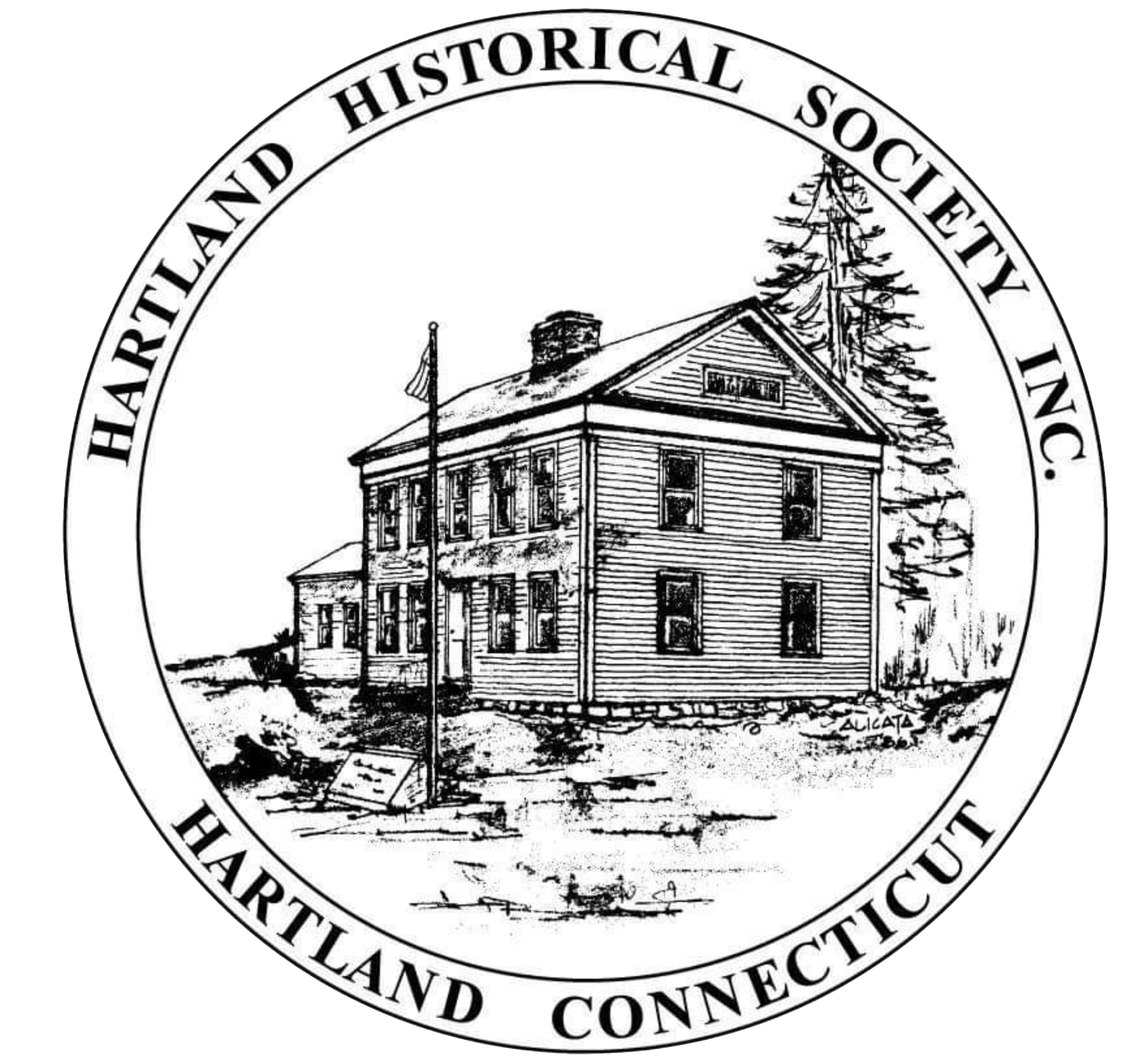Gaylord House Museum
141 Center Street, West Hartland, CT
Open every first Sunday of each month from May to October, 2-4pm, or by appointment
Admission is free, but donations are gratefully accepted.
The six-room, two story house displays artifacts and furniture dating from the 1700’s. One room houses colonial tools for farming, woodworking, blacksmithing and more. The kitchen, formal living room, hallways and bedroom also have many artifacts that belonged to early Hartland residents. A large room on the second floor is used for meetings and displays. An office and restroom are located on the first floor. Ample parking space and a handicapped ramp are conveniently located on the south side of the house for easy access to the building.
The Gaylord House stands proudly in the midst of our small community as a monument of our forefathers and an inspiration for our children.
Gaylord House Museum History
The Gaylord House was built in 1845 by Elias Gilman, a Hartland native and noted architect, and was deeded to Giles Lawton in 1854 by Samuel Gilman. Giles Lawton deeded it to George Cornish in 1873, and Eliza Cornish deeded it to Edward Arthur “Art” Gaylord in 1891. Art was the great-grandson of the Rev. Nathaniel Gaylord, who was the first minister of the West Hartland Congregational Church and served in that capacity for 59 years.
In 1930 Edward A. “Art” Gaylord sold the property to the Metropolitan District Commission of Hartford, Connecticut, with an agreement reserving the right of his family to live out their natural lives in the house. He married Hattie E. Howd in 1881 and was active in local politics and served at different times as Selectman, Postmaster, Justice of the Peace, and Representative to the General Assembly. Art and Hattie died in 1945 and are buried in Barkhamsted. Irene Shepard, granddaughter of Edward A. Gaylord, was the last person to occupy the house, which became vacant prior to 1980.
Stanley A. Ransom, Sr., organizer of the Hartland Historical Society, and the Rev. Charles Stipek appealed to the Commission to save the house from being razed. On September 17, 1981 an agreement between the M.D.C. and the Town of Hartland leased the 2.5 acres and building for 50 years for $1.00. On September 23, 1981 the Town of Hartland gives HHS the use of the building and land for $1.00. In 1991 the Town of Hartland grants HHS, Inc. ownership of building for $1.00.
The Executive Board of the Society and members sought advice from Paul Crunden, Hartland’s well-known builder, who said the building could be restored for $50,000. It was a unanimous decision to take on the project.
When the project began, the roof, windows and doors had to be replaced. The staircase was restored to the original location in the house, and the interior had to be completely refurbished. The old floors were saved as well as most of the original trim. Under the supervision of Paul Crunden and Joseph Alicata, architect, the work took five years to complete with young and old alike dedicating their time and energy to the cause. The renovation was successfully completed on schedule within the projected budget of $50,400. Money was raised by raffles, dinners and donations from townspeople.
The Gaylord House was dedicated on August 12, 1989.


